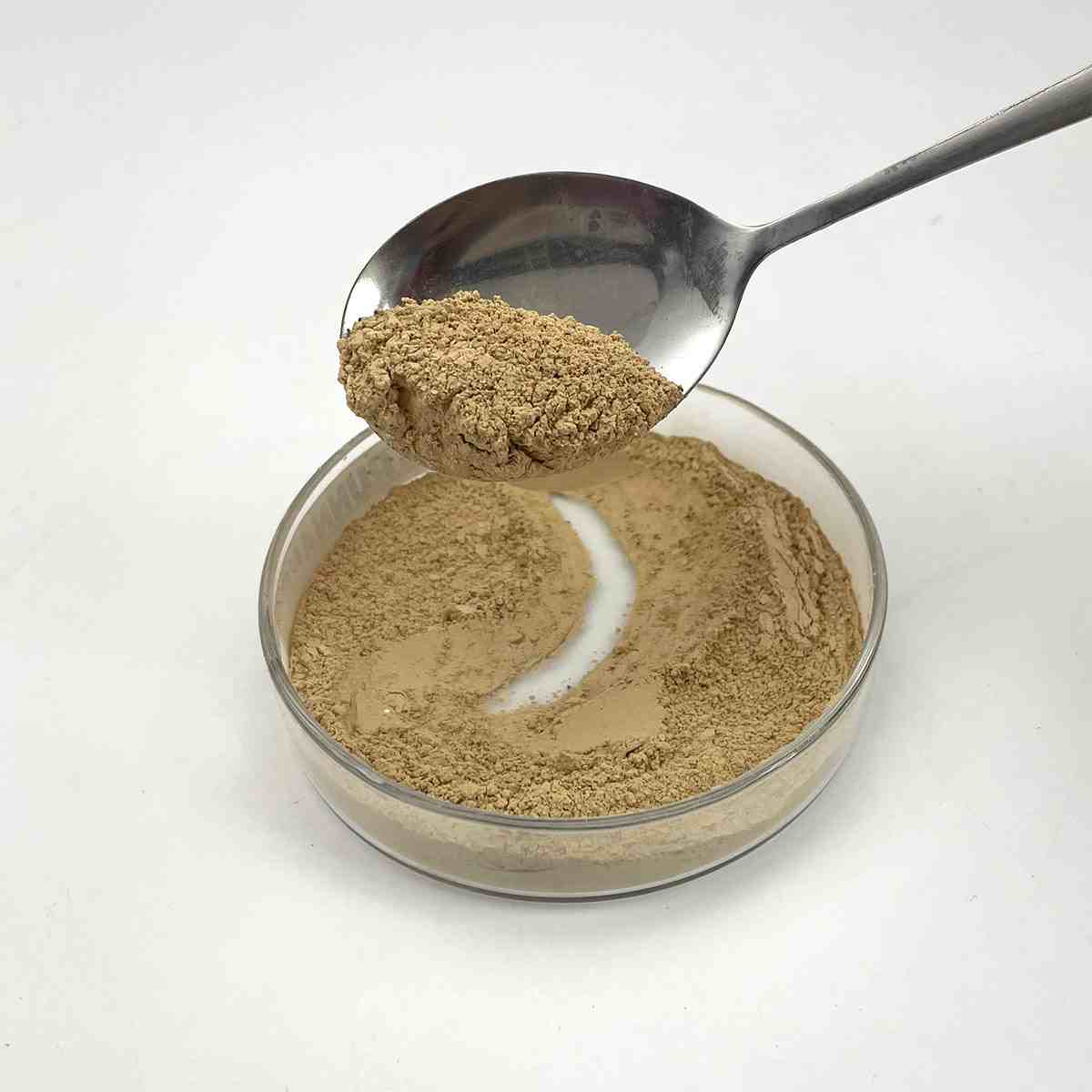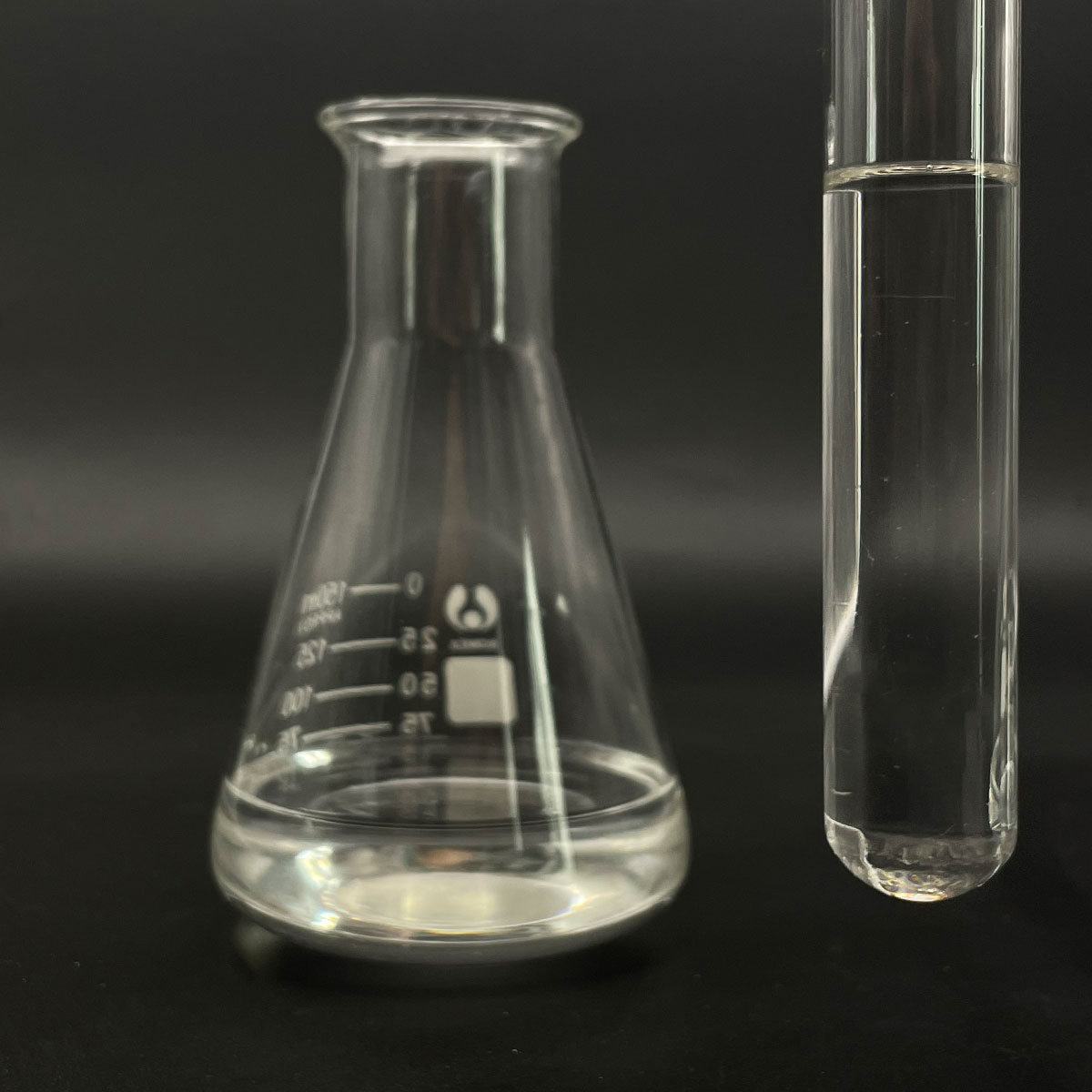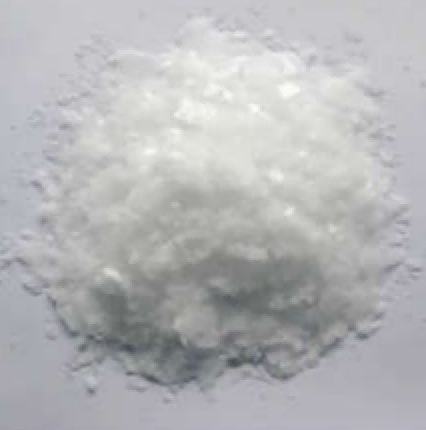1. Introduction
If you’ve ever read the back of a shampoo bottle or a toothpaste tube, chances are you’ve seen ‘sodium lauryl sulfate‘—often abbreviated as SLS—listed among the ingredients. Also known as sodium dodecyl sulfate (SDS), this powerful anionic surfactant has been a staple in cleaning and foaming products for decades. But as consumer awareness about skin sensitivity and environmental impact grows, alternatives like alkyl polyglucoside, decyl glucoside, and coco betaine are gaining traction. So, how does SLS really stack up against these newer options?

2. What Is Sodium Lauryl Sulfate?
Sodium lauryl sulfate (SLS), or sodium dodecyl sulfate, is a synthetic anionic surfactant derived from lauryl alcohol—often sourced from coconut or palm kernel oil. Its chemical formula is C12H25SO4Na, and it’s prized for its exceptional ability to lower surface tension, emulsify oils, and generate rich lather. You’ll find it labeled as ‘sls sodium lauryl sulfate,’ ‘na lauryl sulfate,’ or even ‘natrium lauryl sulfate’ in some regions.
As a classic anionic surfactant, SLS carries a negative charge in solution, which helps it bind to dirt and grease. This makes it highly effective in shampoos, body washes, toothpastes, and even industrial cleaners. However, its potency comes with a trade-off: potential skin and eye irritation, especially at higher concentrations.
3. How SLS Compares to Other Common Surfactants
3.1 Sodium Laureth Sulfate (SLES)
Often confused with SLS, sodium laureth sulfate (also called sodium lauryl ether sulfate or sodium lauryl ether sulphate) is ethoxylated—meaning it’s treated with ethylene oxide to make it milder. While SLES still falls under the anionic category, it’s generally less irritating than SLS. You’ll see it listed as ‘sodium laureth,’ ‘laureth sulphate,’ or ‘sls sodium laureth sulfate’—though the ‘SLS’ here is a misnomer; it’s actually SLES.
3.2 Amphoteric and Non-Ionic Alternatives

Amphoteric surfactants like cocamidopropyl betaine (also called coco betaine, amidopropyl betaine, or coco amido propyl betaine) can carry both positive and negative charges depending on pH. They’re milder, often used to reduce the harshness of SLS in formulations. Non-ionic surfactants such as polysorbate 80, Span80, Pluronic 127, and poloxamer 188 lack a charge altogether, making them ideal for sensitive applications like pharmaceuticals or herbicide adjuvants.
3.3 Bio-Based and Amino Acid Surfactants
The rise of ‘bio surfactants’ has introduced gentler, biodegradable options. Alkyl polyglucosides (e.g., decyl glucoside and coco glucoside) are derived from sugar and fatty alcohols, offering effective cleansing without irritation. Similarly, amino acid-based surfactants like sodium cocoyl glutamate, sodium lauroyl sarcosinate (or lauroyl sarcosinate), and sodium lauroyl methyl isethionate provide rich foam with excellent skin compatibility.
4. SLS in Industrial and Agricultural Applications
Beyond personal care, SLS and related compounds serve as surfactants for herbicides and weed killers. In agriculture, they act as wetting agents—helping sprays adhere to waxy plant surfaces. Lawn wetting agents often use SLS or lignin sulfonate to improve water penetration. However, for eco-sensitive applications, nonionic surfactants like ethoxylated alcohols or methylated seed oil are preferred due to lower toxicity.
It’s worth noting that while SLS is effective, it’s not always the best choice. For instance, cationic surfactants like cetyl trimethyl ammonium bromide (CTAB) or cetyltrimethylammonium bromide are used in antimicrobial formulations but are incompatible with anionic types like SLS due to charge neutralization.

5. Safety, Misconceptions, and Market Shifts
Despite viral claims, SLS is not carcinogenic—but it can cause irritation, especially in people with eczema or sensitive skin. Regulatory bodies like the FDA and EU SCCS deem it safe at typical use levels (usually under 1–2% in leave-on products). Still, brands are reformulating to meet demand for ‘sulfate-free’ labels, often replacing SLS with sodium coco sulfate (sometimes misleadingly called ‘coco sodium sulfate’) or blends of amphoteric and non-ionic surfactants.
Interestingly, some ‘natural’ products still contain strong anionic surfactants like sodium dodecylbenzene sulfonate or ammonium lauryl sulfate (also known as ammonium dodecyl sulfate or ammonium lauryl sulphate), which aren’t necessarily milder than SLS.
6. Where to Source and What to Look For
For manufacturers, ‘sodium lauryl sulfate for sale’ is widely available from chemical suppliers—including specialized firms like Rohit Surfactants Private Limited. When selecting a surfactant, consider the application: high-foaming personal care? Mild baby products? Herbicide adjuvant? Each requires a different balance of performance, safety, and cost.
Also, be mindful of naming confusion. ‘Lauryl sulfate’ might refer to SLS, but ‘laureth sulfate’ points to SLES. And while ‘sls sulfate’ is a redundant term, it’s commonly used in marketing—so always check the INCI name.
7. Conclusion
Sodium lauryl sulfate remains a workhorse surfactant thanks to its effectiveness and low cost. But in an era prioritizing skin health and sustainability, alternatives like alkyl polyglucosides, cocamidopropyl betaine, and amino acid-based surfactants offer compelling benefits. Whether you’re formulating a shampoo, a weed killer, or a gentle cleanser, understanding the differences between anionic, cationic, amphoteric, and non-ionic surfactants—and knowing when to choose which—can make all the difference in performance and user experience.
Our Website founded on October 17, 2012, is a high-tech enterprise committed to the research and development, production, processing, sales and technical services of ceramic relative materials such as Sodium. Our products includes but not limited to Boron Carbide Ceramic Products, Boron Nitride Ceramic Products, Silicon Carbide Ceramic Products, Silicon Nitride Ceramic Products, Zirconium Dioxide Ceramic Products, etc. If you are interested, please feel free to contact us.


